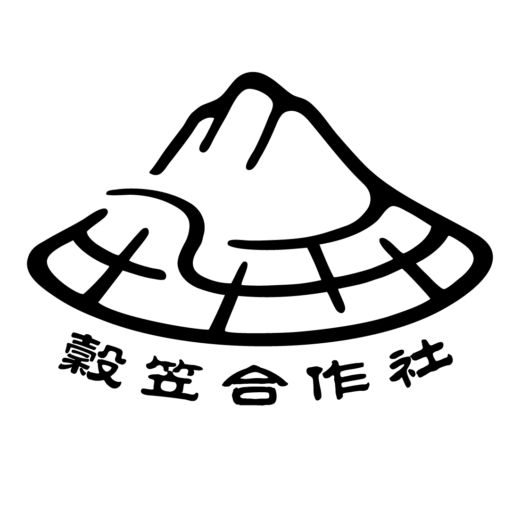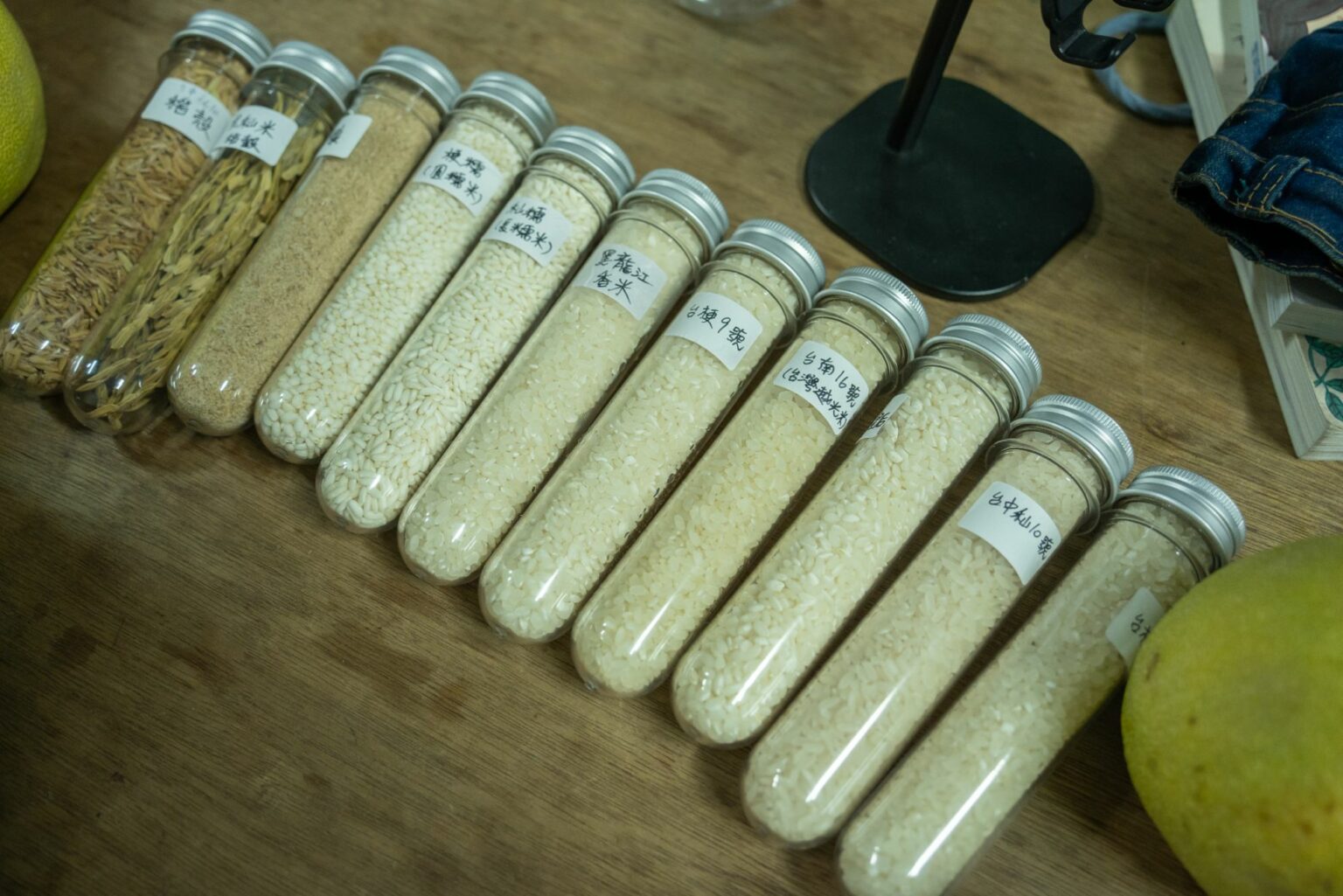
【米雙語食農教育】水田的8個重要功能:環境保護與文化傳承
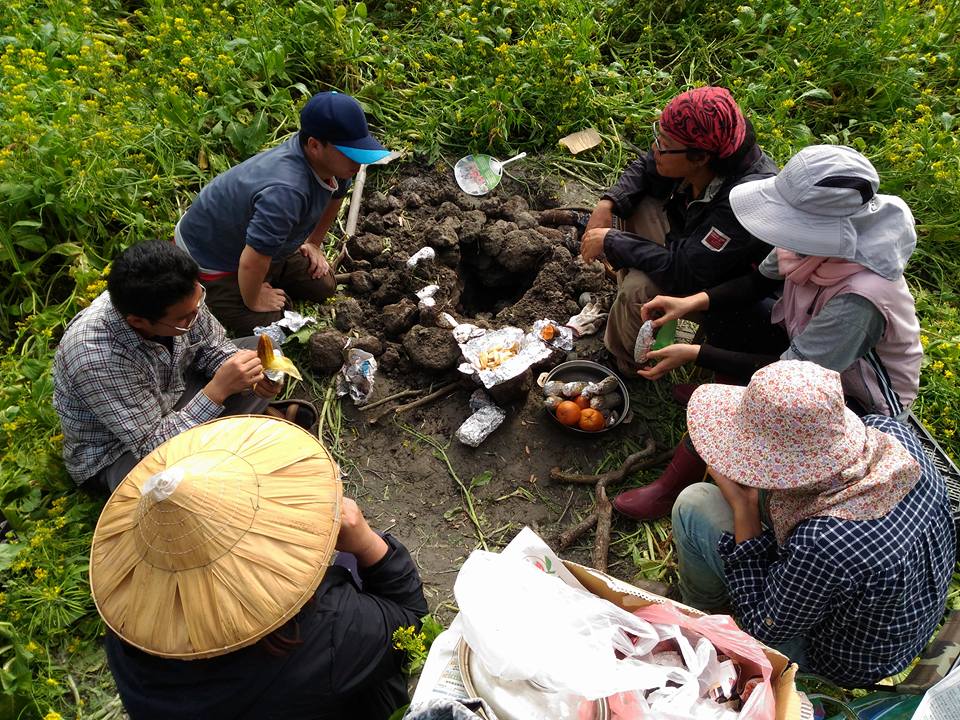
【Rice Agri-Food Education】8 Important Functions of Paddy Fields: Environmental Protection and Cultural Heritage
內容目錄
Toggle前言/ Introduction
前一篇提到水田和旱田的差別,大家可能度水田的印象是「生產稻米」的地方。其實水田所具備的功能比生產糧食還要多得多!別小看在農村種稻米這件事情,其實種稻也間接或直接為人們的生活帶來許多好處。下面我們就來看看水田具備了那些功能吧!
The previous article mentioned the difference between paddy fields and dry fields. You may have the impression that paddy fields are places where “rice is produced”. In fact, paddy fields have much more functions than food production! Don’t underestimate the fact that rice cultivation in the countryside brings many benefits to people’s lives indirectly or directly. Let’s take a look at the functions that paddy fields have!
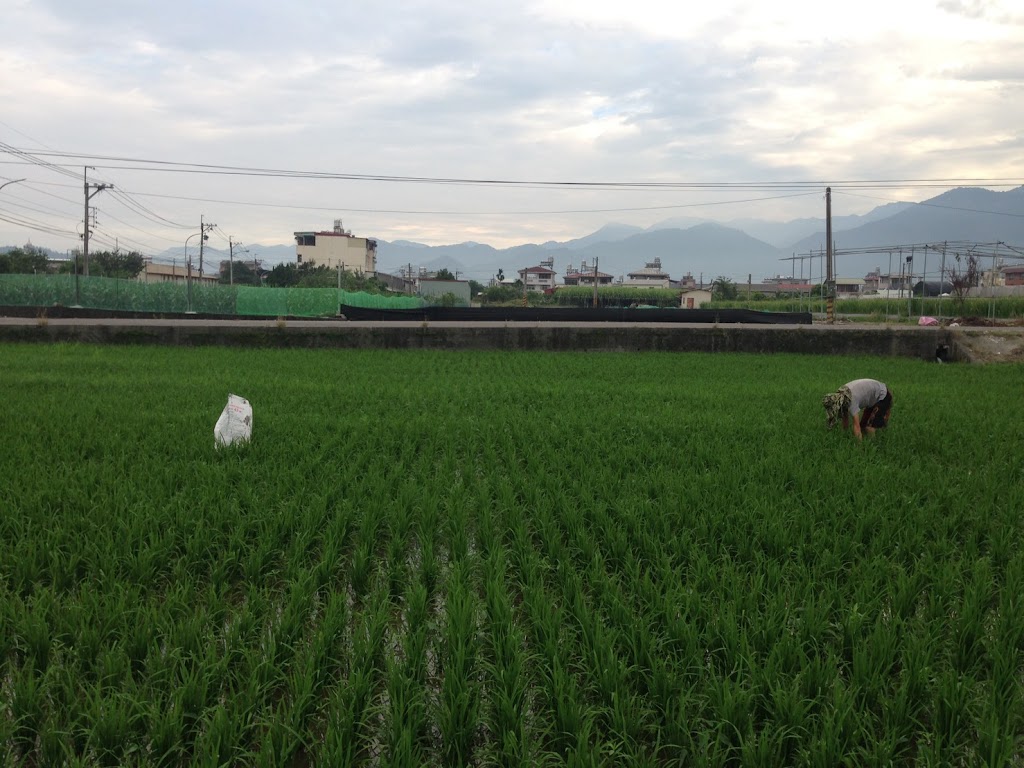
水田的8個功能/ 8 Functions of Paddy Fields
- 防洪:水退四周被田埂包圍起來,在下大雨的時候可以暫時蓄積雨水,而這些雨水會緩慢、少量地流向四周的土地,因此水田可以防止洪水以及減輕損害,這也是為什麼有人把水田稱作為「天然水壩」。
- 防止土壤流失:水田裡的水和田埂,可以保護土壤不被風雨侵蝕,或是流到河川、溪流裡。
- 穩定河川流量:水田裡蓄積的灌溉用水以及落到水田裡的雨水,會以緩慢的速度流到河川,可以保持河川穩定的水量。
- 供給地下水:灌溉用水和雨水會緩慢滲入地底,變成地下水,讓下游地區的人,可以將這些水作為工業用水、生活用水來使用。
- 降溫:從水面蒸發的水分與從水稻蒸散的水分,可以降低水田附近的溫度,讓空氣變得涼爽,而這些涼爽的空氣又會被風帶到城鎮裡,降低氣溫也減緩熱氣。
- 生物棲息的環境:水田是很多種生物棲息的家,從秧苗生長開始,稻子本身和泥土中的小生物就是許多動物的食物來源,長高的稻子也是動物們的避護所,走進田裡,可以見到泥鰍、田螺、土虱、蝸牛、蝌蚪、青蛙、螢火蟲、鴨子、麻雀、白鷺鷥、秧雞、紅冠水雞、烏龜、蛇等動物們。
- 保存農村景觀:金黃色的飽滿稻穗、映著天空的水田、飛舞的蜻蜓、優雅走路的白鷺鷥,這些療癒人心的農村景象,因為種植水稻才能被保留下來,如果有天這些稻田不在了,台灣的農村風景或許就是一片雜草荒蕪。
- 傳承農村文化:每逢節慶歲時,人們便製作米食糕點來祭拜上天和土地,祈求風調雨順、五穀豐收。台灣農家們從年頭到歲尾,辛勞耕作,並配合歲時節慶,展現對大自然、天地的敬畏,孕育出台灣特有的「米食文化」。而這些起源於祈求稻米豐收的文化祭儀,在都市已逐漸消失,但因為這些歲時祭儀跟農村生活、農務有著密切的關係,至今還保留在農村中。

1. Flood control: The water retreat is surrounded by ridges, and rainwater can be temporarily accumulated when it rains heavily, and this rainwater will flow to the surrounding land slowly and in a small amount, so paddy fields can prevent floods and reduce damage, which is why some people call paddy fields as a “natural dam”.
2. Prevent soil loss: The water and ridges in paddy fields can protect the soil from being eroded by wind and rain, or flow into rivers and streams.
3. Stabilize the river flow: The irrigation water accumulated in the paddy fields and the rainwater falling into the paddy fields will flow to the river at a slow speed, which can maintain a stable water flow in the river.
4. Supply groundwater: Irrigation water and rainwater will slowly seep into the ground and become groundwater, so that people in downstream areas can use this water as industrial water and domestic water.
5. Cooling down: The water evaporated from the water surface and the water evaporated from the rice can reduce the temperature near the paddy fields and make the air cool, and this cool air will be brought to the town by the wind, reducing the temperature and slowing down the heat.
6. Biological habitat: Paddy fields are the home of many species of creatures. From the growth of seedlings, the rice itself and the small creatures in the soil are the food sources for many animals. The tall rice is also a shelter for animals. In the fields, you can see loaches, snails, earth lice, snails, tadpoles, frogs, fireflies, ducks, sparrows, egrets, railroad chickens, red-crowned water pheasants, turtles, snakes, and other animals.
7. Preserve the rural landscape: golden full rice ears, paddy fields reflecting the sky, flying dragonflies, and graceful egrets walking, these rural scenes that heal people’s hearts can only be preserved because of rice cultivation. If it is gone, the rural landscape of Taiwan may be a weed barren.
8. Inheriting rural culture: During festivals, people make rice cakes and cakes to worship the heaven and the land, praying for good weather and good harvest. From the beginning of the year to the end of the year, Taiwanese farmers work hard, and cooperate with the festivals to show their respect for nature, heaven and earth, giving birth to Taiwan’s unique “rice food culture”. These cultural rituals, which originated from praying for a bumper rice harvest, have gradually disappeared in the cities, but because of the close relationship between the rituals and rural life and farming in these years, they still remain in the countryside.
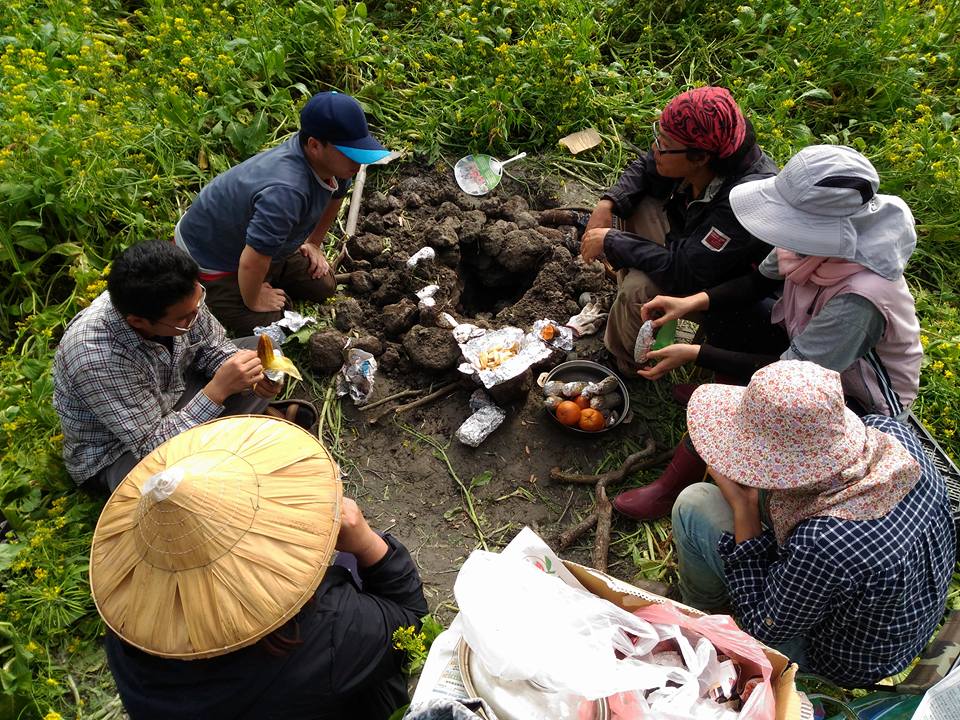
感受埔里魅力/ The Charm of Puli
水田不僅是生產稻米的地方,也關係到生態保育、環境保護、農村文化的保存,是不是對水田有一點改觀了呢?下次放假,到農村待一晚吧,感受一下農村的魅力。
如果你不知道怎麼玩,也歡迎關注穀笠合作社FB粉專、籃城好生活FB粉專,我們舉辦雙語食農教育體驗、埔里在地小旅行、農村住宿空間、農村酒吧、埔里在地青年小聚、每年12月的冬至圓在地慶典,歡迎大家多多關注參與囉!

Paddy fields are not only the place where rice is produced, but also related to ecological conservation, environmental protection, and preservation of rural culture. Has the view of paddy fields changed a little? Next time when you have a holiday, don’t forget to stay in the countryside for one night and feel the charm of the countryside.
If you don’t know how to start, you are also welcome to follow Guli Cooperative Facebook Fans Page. We hold bilingual food and agriculture education tour and course, local tour in Puli, rural accommodation space, rural bar, local youth in Puli gatherings, the annual winter solstice celebration in December, everyone is welcome to follow and join us!

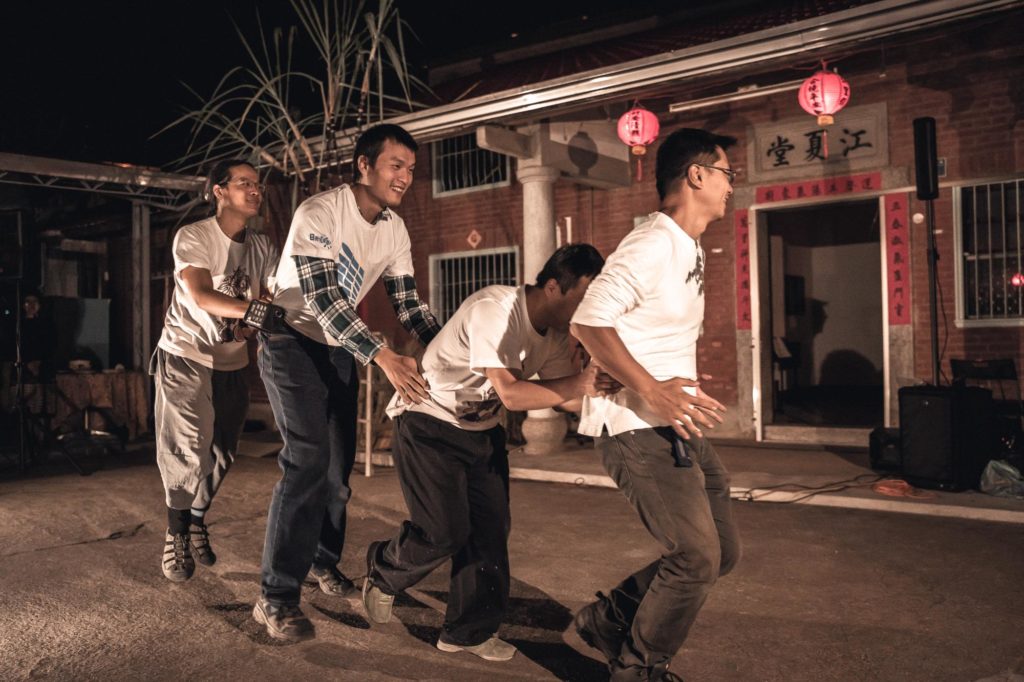
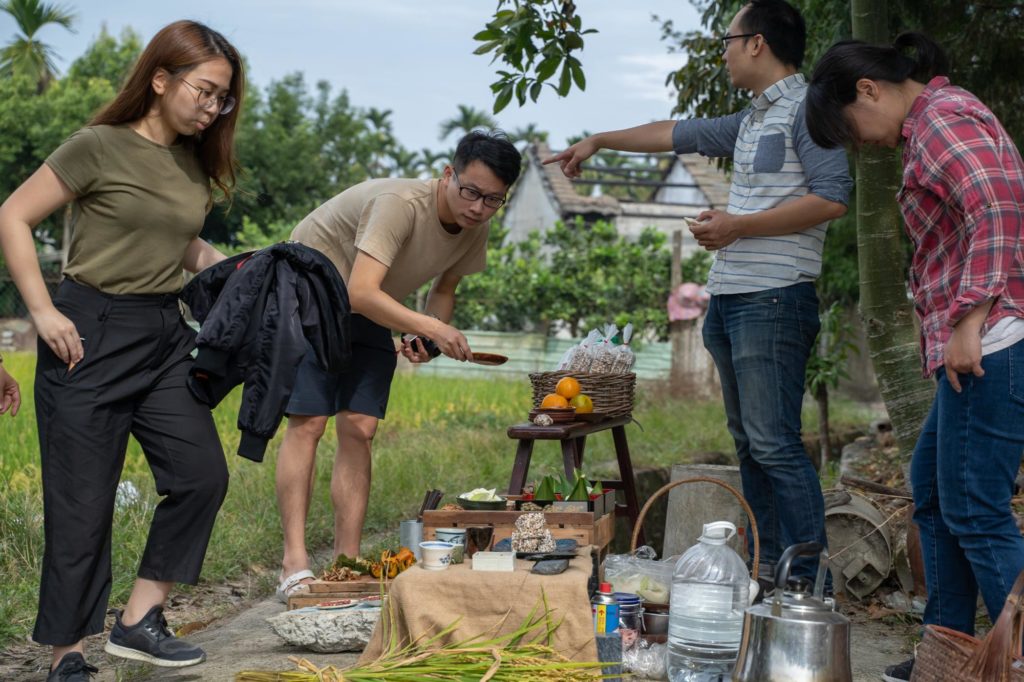
【米雙語食農教育】系列文章 Rice Agri-Food Education: Series Of Articles
歡迎註明出處並轉載、分享,也歡迎預約雙語米食文化體驗課程喔!
Welcome to indicate the source and share the articles, and also welcome to book a rice culture experience tour with us!
- 【米雙語食農教育】台灣稻作簡史1:新石器時代、荷治時期、清領時期
【Rice Agri-food education】A Brief History of Rice Farming in Taiwan 1: Neolithic Age, Hezhi Period, and Requesting Period - 【雙語米食農教育】台灣稻作簡史2:日本統治時期
【Rice Agri-food education】A Brief History of Rice Farming in Taiwan 2: Japanese Occupation Period - 【雙語米食農教育】台灣稻作簡史3:國民政府遷台時期、加入WTO、近年稻作
【Rice Agri-food education】A Brief History of Rice Farming in Taiwan 3: Kuomintangs Retreat, WTO, Recent Years - 【雙語米食農教育】台灣水稻、南投稻作、埔里稻米種植現況
【Rice Agri-food education】Status of Rice Planting in Taiwan, Nantou and Rice Planting in Puli - 【米雙語食農教育】水稻種植流程:育苗、打田、插秧、田間管理、曬田、收成
【Rice Agri-food education】 Rice Planting Process: Breeding, Ploughing, Transplanting, Management, Field Drying, Harvesting - 【米雙語食農教育】為什麼水稻比較不會有連作障礙:禾本科植物與水田特性
【Rice Agri-food education】 Why there is less continuous cropping obstacle in rice: Poaceae and paddy field characteristics - 【米雙語食農教育】適合水稻的土地和氣候環境、埔里種植環境
【Rice Agri-Food Education】Land and Climatic Environment Suitable for Rice, Planting Environment in Puli - 【米雙語食農教育】水稻的一生&台灣二期稻作
【Rice Agri-Food Education】Rices life & The Two Stage of Rice Harvesting in Taiwan - 【米雙語食農教育】水田的8個重要功能:環境保護與文化傳承
【Rice Agri-Food Education】8 Important Functions of Paddy Fields: Environmental Protection and Cultural Heritage - 【米雙語食農教育】稻米的4個種類&決定米口感的因素
【Rice Agri-Food Education】4 types of rice & factors that determine the taste of rice - 【米雙語食農教育】台灣9個必吃米品種,你都吃過了嗎?
【Rice Agri-Food Education】9 Popular, Must-Try Rice Varieties In Taiwan
